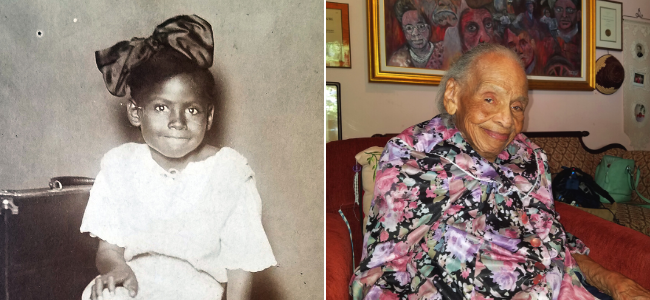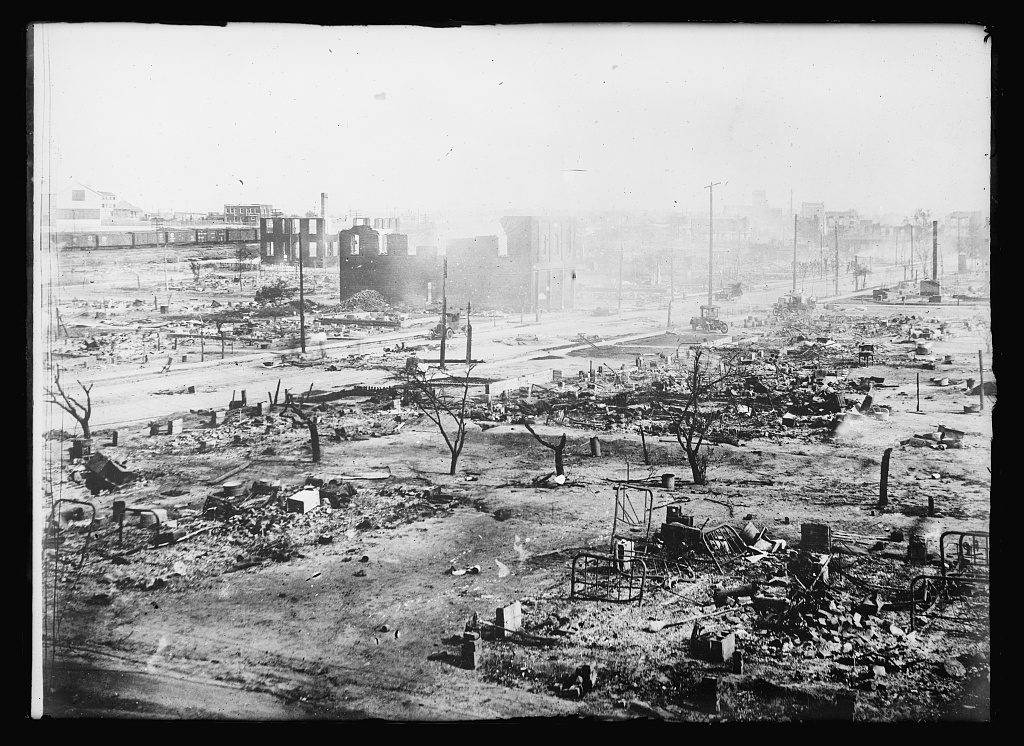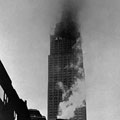
On May 31, 1921, Olivia Hooker was six-years-old when white mobs launched an attack on the Greenwood section of Tulsa, Oklahoma. In less than 24 hours, the mobs destroyed more than 1,000 homes and businesses. It’s estimated as many as 300 people were killed. The Tulsa Race Massacre is considered one of the worst incidents of racial violence in American history.
For decades, the events of 1921 were rarely discussed or taught in school. But in 1971, Impact Magazine editor Don Ross published one of the first accounts of the race riots in nearly 50 years. He went on to become a state representative and, along with State Senator Maxine Horner, is credited with bringing national attention to the buried history.
Olivia Hooker was one of the last surviving witnesses to the Tulsa Race Riot. Six months after this story aired, Dr. Hooker died at the age of 103.
“Fires had been started by the white invaders soon after 1 o’clock and other fires were set from time to time. By 8 o’clock practically the entire thirty blocks of homes in the negro quarters were in flames and few buildings escaped destruction. Negroes caught in their burning homes were in many instances shot down as they attempted to escape.”
— The New York Times, June 2, 1921









